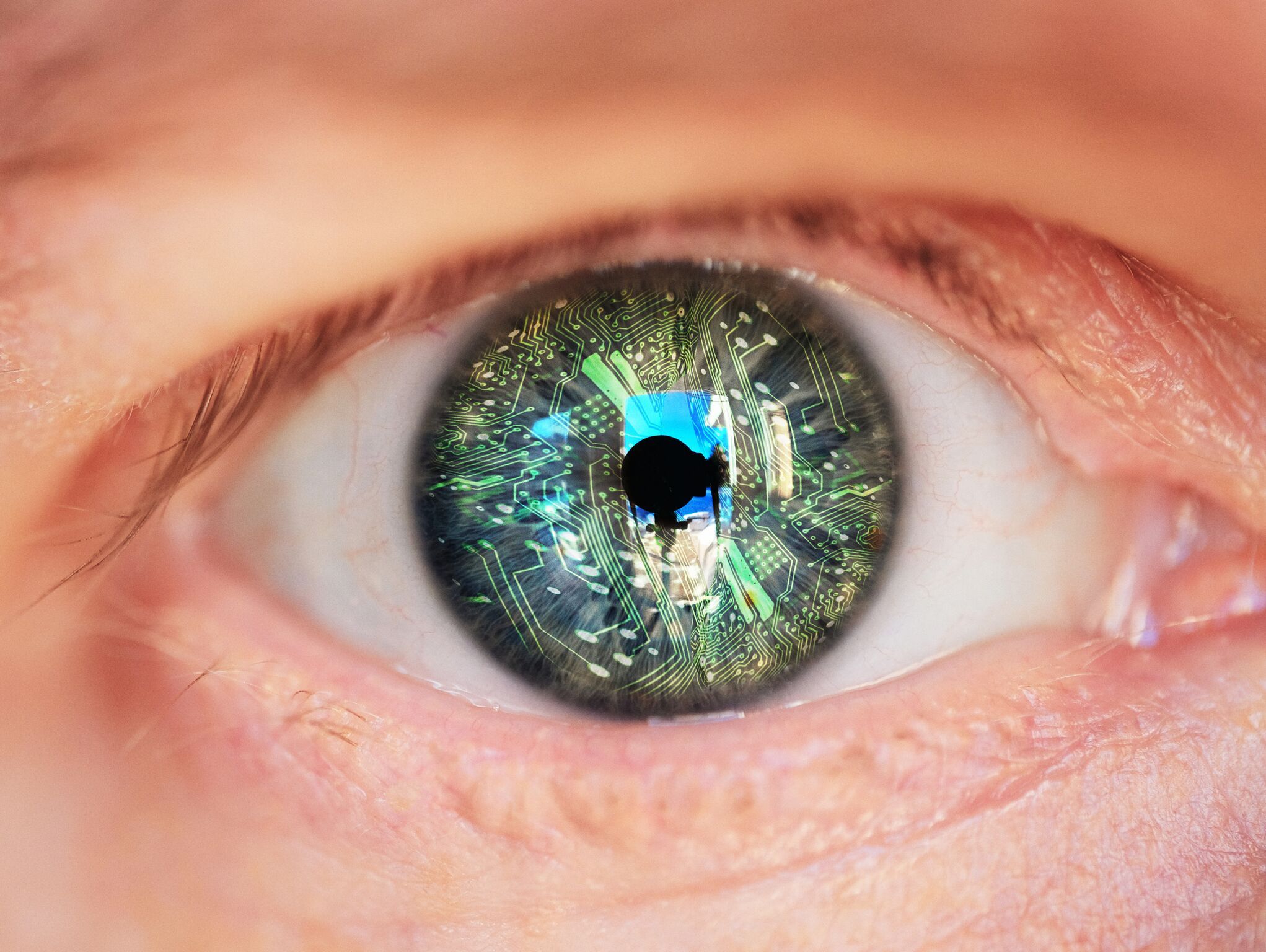
A joint effort by Chinese, Australian and American researchers has applied AI technology to fundus photography, a process of taking photographs of the interior of the eye through the pupil, to detect and monitor retinal diseases on a large scale more accurately.
“A retinal examination is important in the detection of both systemic diseases that affect the eye (eg, diabetes and hypertension) and primary ocular diseases (eg, age-related macular degeneration [AMD]),” the researchers wrote in their report, published in The Lancet Digital Health.
While AI has been applied to fundus photography in recent years, the researchers noted that “studies that show the performance of image-driven AI deep-learning systems (DLSs) for fundus disease screening in real-world environments are scarce.”
For their study, they trained a clinically applicable deep-learning system for fundus diseases using data derived from real-world case studies, and then externally tested the model using fundus photographs collected from clinical settings in China,.
According to associate Professor Zongyuan Ge from the Department of Electrical and Computer Systems Engineering at Australia’s Monash University, “The CARE (Comprehensive AI Retinal Expert) system was trained to identify the 14 most common retinal abnormalities using 207,228 colour fundus photographs derived from 16 clinical settings across Asia, Africa, North America and Europe, with different disease distributions. CARE was internally validated using 21,867 photographs and externally tested using 18,136 photographs prospectively collected from 35 real-world settings across China, including eight tertiary hospitals, six community hospitals and 21 physical examination centres.”
Professor Ge jointly developed the system with researchers from Sun Yat-sen University, Beijing Eaglevision Technology (Airdoc), University of Miami Miller School of Medicine, Beijing Tongren Eye Centre and Capital Medical University.
According to the report, the performance of the system was compared with that of 16 ophthalmologists and tested using datasets with non-Chinese ethnicities and previously unused camera types. The system was found to be accurate when compared to the outcomes of professional ophthalmologists and could facilitate testing to be carried out on a larger scale.
“This research is a step in the right direction for medical and artificial intelligence research. I hope that through this work we can continue to see technological advancements in this space,” said Amitha Domalpally, Director of the University of Wisconsin-Madison Imaging Diagnostic Center.
The researchers expect CARE to be adopted in medical settings across China and the Asia Pacific region.
Photo by Daniel Haug/Getty Images


